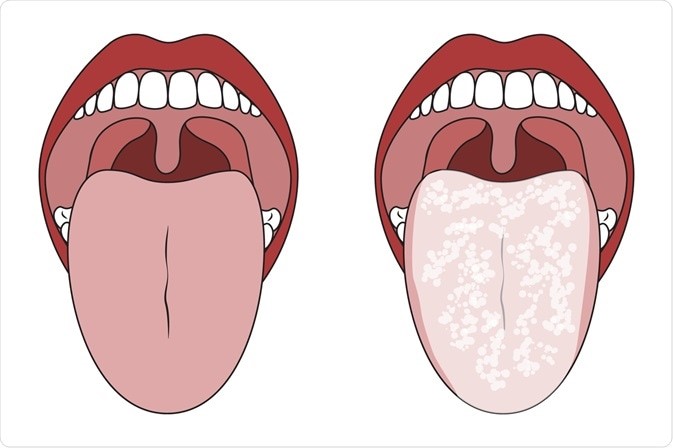Introduction
Introduction ( 5 Questions)
A nurse is monitoring a client who has asthma and is receiving fluticasone, a corticosteroid, by inhalation. What are some of the adverse effects that the nurse should watch for?
This is incorrect because these are systemic side effects of corticosteroids that are more likely to occur with oral or injectable forms of the drug². Fluticasone inhalation has a low systemic absorption and a high first-pass metabolism, which means that only a small amount of the drug reaches the bloodstream and most of it is broken down in the liver before it can cause systemic effects¹. Therefore, these side effects are rare with fluticasone inhalation².
This is incorrect because these are not known side effects of fluticasone inhalation or corticosteroids in general². Hypoglycemia (low blood sugar) is more likely to occur with drugs that lower blood glucose levels, such as insulin or oral antidiabetic agents⁴. Osteomalacia (softening of the bones) is more likely to occur with drugs that affect vitamin D metabolism, such as anticonvulsants or antiretrovirals⁵. Myopia (nearsightedness) and dry eyes are more likely to occur with drugs that affect the eye muscles or tear production, such as antihistamines or anticholinergics⁶.
This is because fluticasone inhalation can cause local side effects in the mouth and throat, such as oral candidiasis (thrush), hoarseness, cough, and dysphonia (voice changes)²³. These side effects are more likely to occur if the dose is high, the duration of treatment is long, or the inhaler technique is poor². To prevent or reduce these side effects, the nurse should instruct the client to rinse the mouth with water after each use of the inhaler, use a spacer device if possible, and check the inhaler technique regularly². Fluticasone is a corticosteroid that is used to treat asthma and other respiratory conditions by reducing inflammation and swelling in the airways¹. It can be administered by inhalation using an aerosol or a powder device.
This is incorrect because these are not common side effects of fluticasone inhalation or corticosteroids in general². Oral ulcers (sores in the mouth) are more likely to occur with drugs that irritate the mucous membranes, such as nonsteroidal anti-inflammatory drugs (NSAIDs) or chemotherapy agents. Dysphagia (difficulty swallowing) is more likely to occur with drugs that affect the esophageal motility or sphincter function, such as calcium channel blockers or antipsychotics. Wheeze (a high-pitched sound when breathing) and dyspnea (shortness of breath) are more likely to occur with drugs that cause bronchoconstriction or respiratory depression, such as beta blockers or opioids.
This is because fluticasone inhalation can cause local side effects in the mouth and throat, such as oral candidiasis (thrush), hoarseness, cough, and dysphonia (voice changes)²³. These side effects are more likely to occur if the dose is high, the duration of treatment is long, or the inhaler technique is poor². To prevent or reduce these side effects, the nurse should instruct the client to rinse the mouth with water after each use of the inhaler, use a spacer device if possible, and check the inhaler technique regularly². Fluticasone is a corticosteroid that is used to treat asthma and other respiratory conditions by reducing inflammation and swelling in the airways¹. It can be administered by inhalation using an aerosol or a powder device.
The other options are incorrect because:
A. Hyperglycemia, osteoporosis, glaucoma, and cataracts
This is incorrect because these are systemic side effects of corticosteroids that are more likely to occur with oral or injectable forms of the drug². Fluticasone inhalation has a low systemic absorption and a high first-pass metabolism, which means that only a small amount of the drug reaches the bloodstream and most of it is broken down in the liver before it can cause systemic effects¹. Therefore, these side effects are rare with fluticasone inhalation².
B. Hypoglycemia, osteomalacia, myopia, and dry eyes
This is incorrect because these are not known side effects of fluticasone inhalation or corticosteroids in general². Hypoglycemia (low blood sugar) is more likely to occur with drugs that lower blood glucose levels, such as insulin or oral antidiabetic agents⁴. Osteomalacia (softening of the bones) is more likely to occur with drugs that affect vitamin D metabolism, such as anticonvulsants or antiretrovirals⁵. Myopia (nearsightedness) and dry eyes are more likely to occur with drugs that affect the eye muscles or tear production, such as antihistamines or anticholinergics⁶.
D. Oral ulcers, dysphagia, wheeze, and dyspnea
This is incorrect because these are not common side effects of fluticasone inhalation or corticosteroids in general². Oral ulcers (sores in the mouth) are more likely to occur with drugs that irritate the mucous membranes, such as nonsteroidal anti-inflammatory drugs (NSAIDs) or chemotherapy agents. Dysphagia (difficulty swallowing) is more likely to occur with drugs that affect the esophageal motility or sphincter function, such as calcium channel blockers or antipsychotics. Wheeze (a high-pitched sound when breathing) and dyspnea (shortness of breath) are more likely to occur with drugs that cause bronchoconstriction or respiratory depression, such as beta blockers or opioids.

